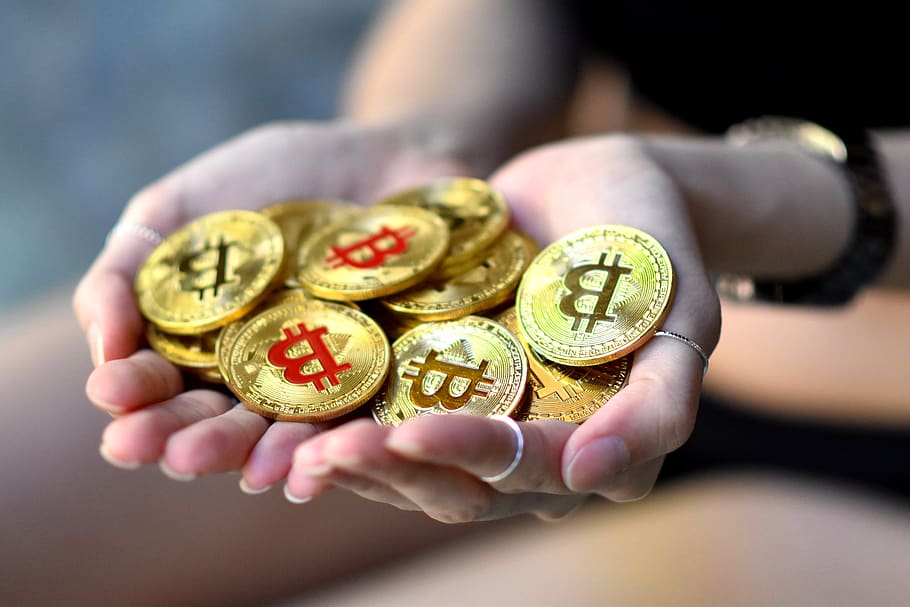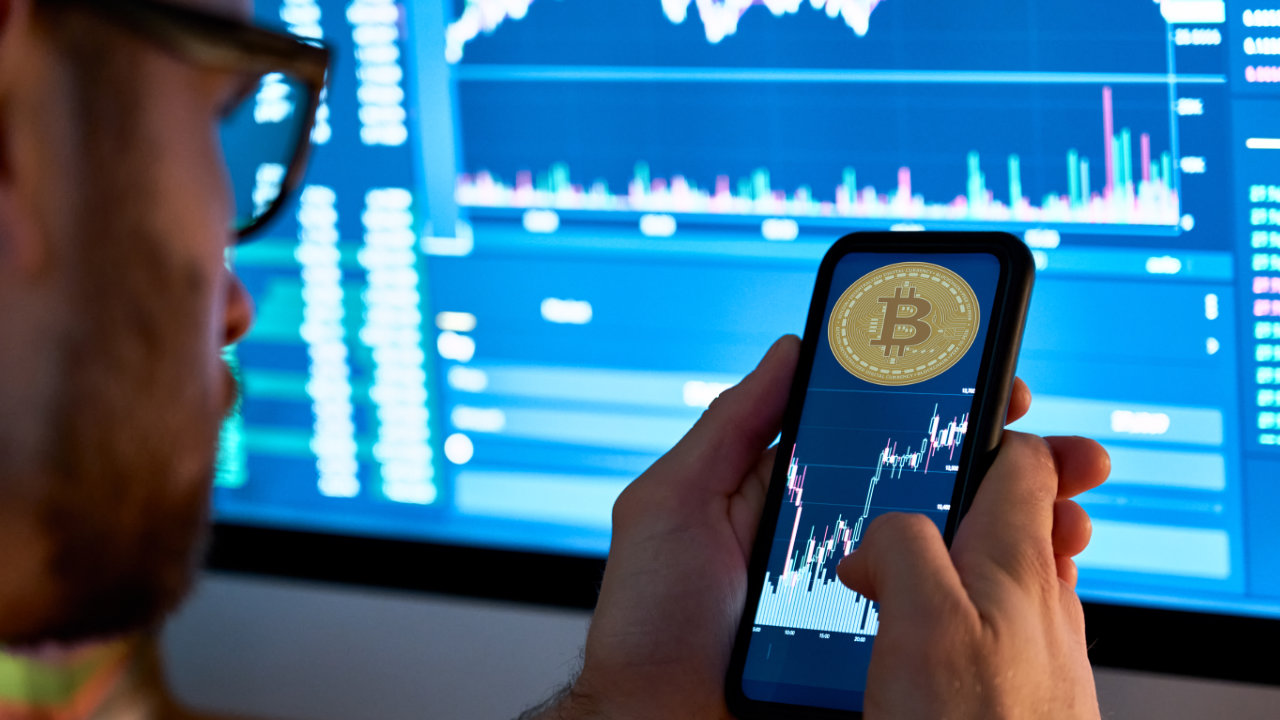
One kind of cryptocurrency that is intended to keep its value constant over time is a stable coin. A stable coin’s value is often tied to a certain real currency, frequently the US dollar.
In this scenario, one cryptocurrency unit of your Crypto wallet offered by ZenGo X often equals one unit of paper money. The value of stable coins is not intended to vary, unlike the price of extremely volatile cryptocurrencies like Bitcoin.
However, recent developments in the stable coin market, specifically the collapse of TerraUSD, have federal regulators actively monitoring this space.
How do stable coins work?
In order to maintain a straight one-to-one peg to a more stable underlying asset, such as a national currency, stable coins are digital currencies.
Some of the most well-liked stable coins available are anchored to either the USDT wallet or a certain product. Stable coins are used to help control the volatility in the cryptocurrency market due to their intended price stability.
The many stable coin kinds are classified based on the underlying collateral structure, which can be algorithmic, paper money-backed, crypto-backed, or commodity-backed.
Stable coins improve the usefulness of volatile cryptocurrencies and increase market liquidity by allowing users to enter and exit crypto trades with ease. When managing crypto price swings becomes challenging, market players might employ stable coins thanks to the direct peg to a more stable asset.
What are the risks of stable coins?
Stable currencies could initially seem to have low risk. They are compared to well-known cryptocurrencies that have no backing. However, stable coins come with certain common cryptocurrency dangers as well as at least one unique risk of their own:
- Security
Stable coins, like other cryptocurrencies, must be stored somewhere this might be your personal digital wallet, a broker, or an exchange. And that creates dangers since a certain trading platform might not be secure enough or might have some flaws.
- Counterparty risk
While cryptocurrency may appear to be very decentralised, in reality there are many parties involved in a transaction, including the bank holding the reserves and the entity generating the stable coin. For the currency to keep its value, they must be taking the required precautions.
- Reserve risk
The reserves that support a stable coin are a crucial component of the stable coin ecosystem. The final safeguard for the value of a stable coin is those reserves. Without them, the coin issuer is unable to confidently guarantee the value of a stable coin.
- Lack of confidence
A stable coin may experience a run and lose the peg to its target currency if it is not sufficiently supported by actual assets, particularly cash.
Since Terra USD was not backed by actual money but rather other cryptocurrencies in May 2022, that is essentially what happened to it. Trading faith in the stable coin’s ability to keep the peg low caused the price to collapse and spiral downward.
The fundamental risk with stable coins is that they are not truly supported by the reserve currencies they say they are. Ideally, the stable coin’s issuer would have sufficient currency reserves to completely back the stable coin. Risk is introduced if the percentage is less than 100 percent.









